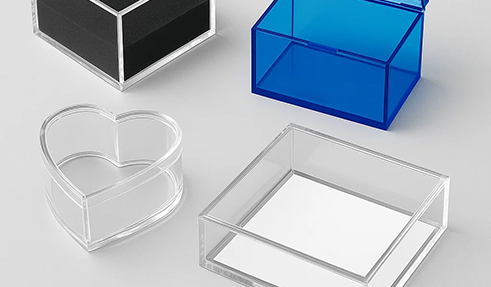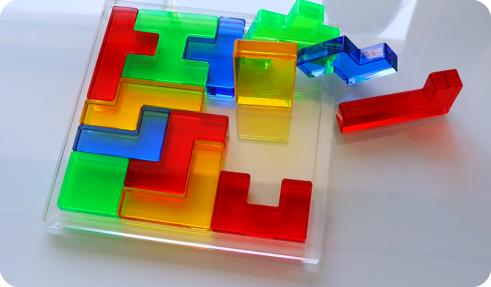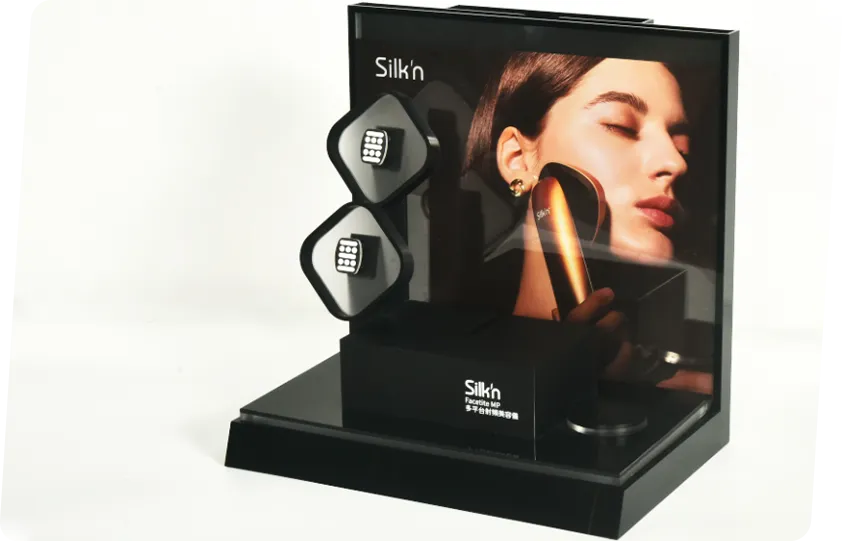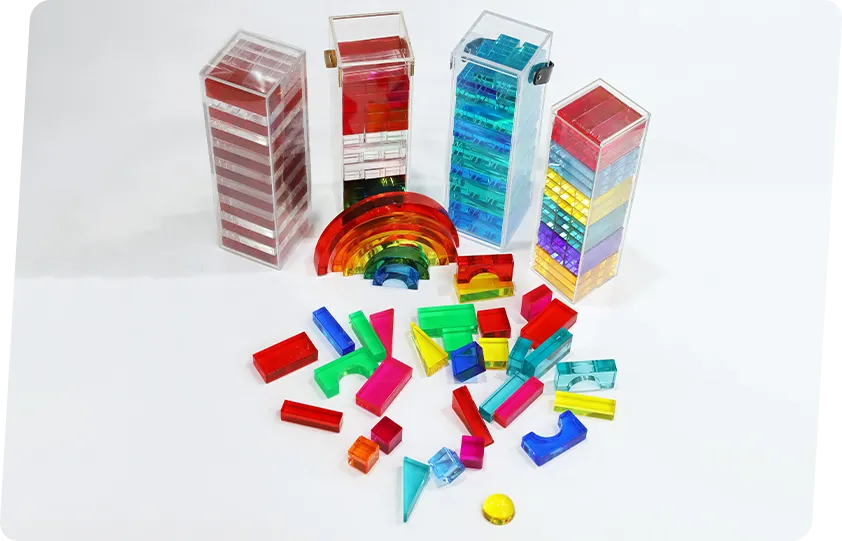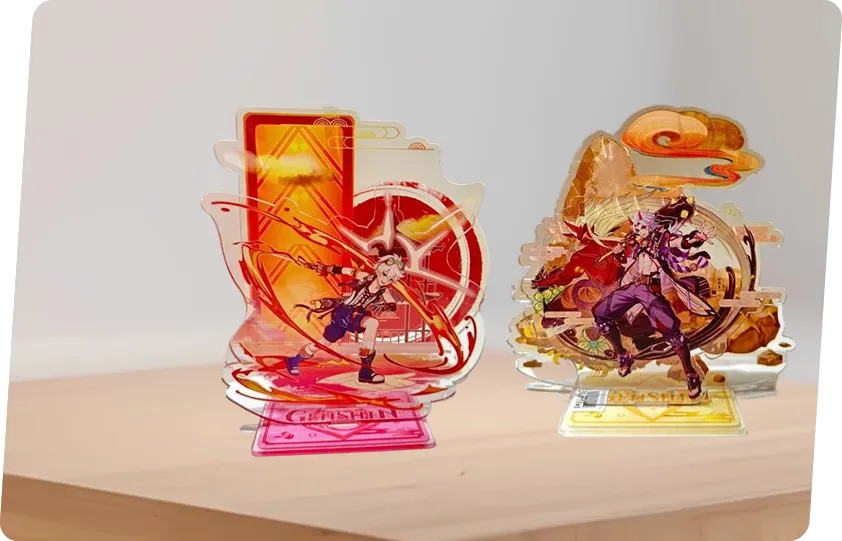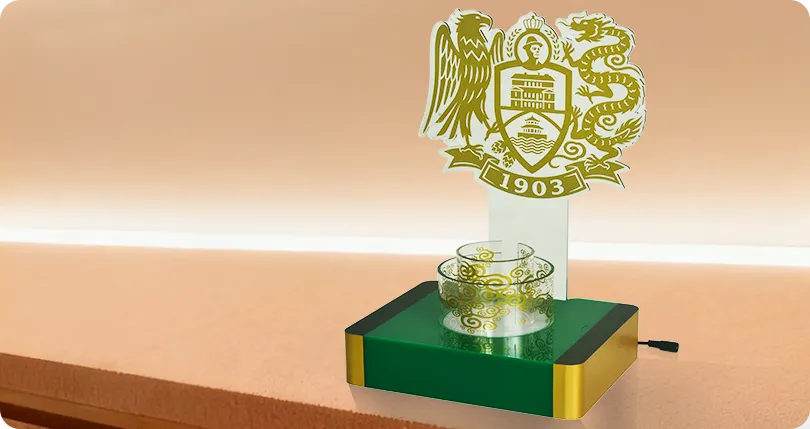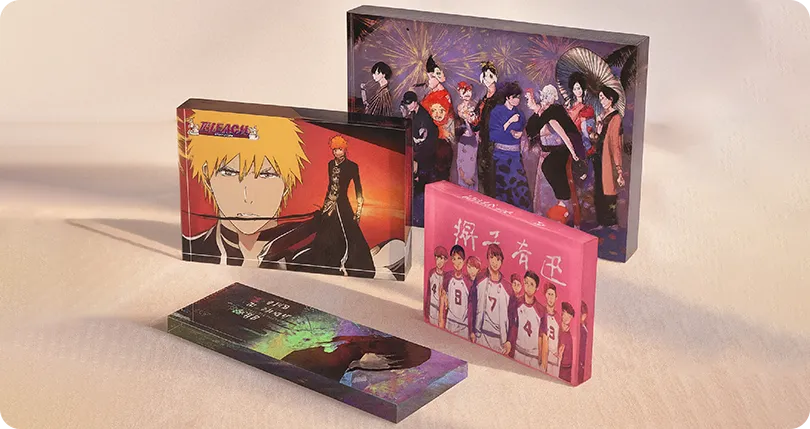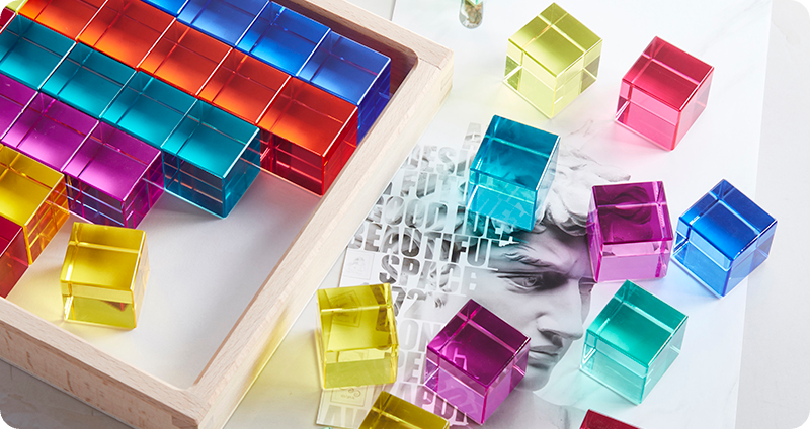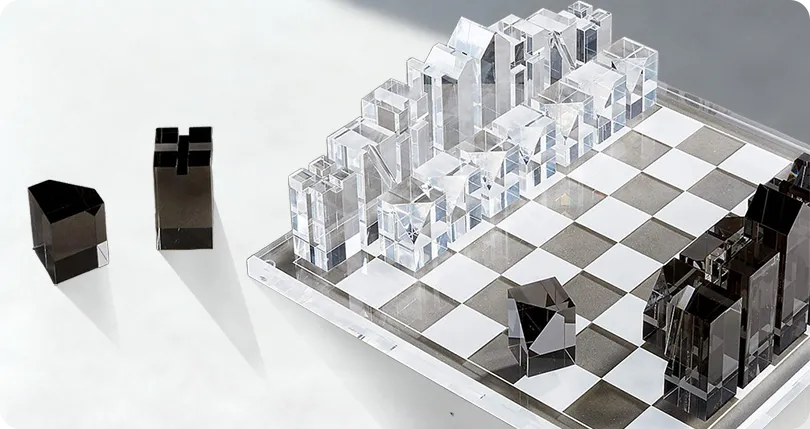Events | November 18,
2025
A Comprehensive Guide to Acrylic Boxes & Cases
In the world of modern packaging, display, and storage, few materials offer the clarity, versatility, and premium feel of acrylic. Whether you’re a retail brand, product designer, event organizer, or museum curator, acrylic boxes and cases provide an elegant and practical solution for presenting and protecting your items.We specialize in manufacturing custom acrylic boxes and cases for global clients in North America, Europe, Australia, and the Middle East.This guide will walk you through everything you need to know about acrylic boxes—types, use cases, customization options, design considerations, and why they are the preferred choice over glass, wood, or cardboard.What Is an Acrylic Box?An acrylic box is a container made from transparent or colored PMMA (Polymethyl methacrylate), also known as acrylic or Lucite. Acrylic boxes are known for their glass-like clarity, but are lighter, more impact-resistant, and far more customizable.Acrylic boxes are often used in:Retail product displayHigh-end gift packagingCosmetic or perfume packagingJewelry and watch boxesCollector item protectionMuseum-grade preservation casesEvent and promotional display unitsTypes of Acrylic Boxes & CasesThere are many types of acrylic boxes, depending on your intended use. At AP Acrylic, we manufacture the following popular categories:1. Acrylic Display BoxesUsed to showcase retail products, art, or collectibles. These are often used in stores, trade shows, and museums.2. Acrylic Gift Boxes with LidsElegant packaging for perfumes, luxury goods, cosmetics, and corporate giveaways. Can include printing, inserts, or ribbon closures.3. Acrylic Storage BoxesIdeal for office supplies, home décor, or cosmetics. These come in stackable, open-top, or drawer styles.4. Lockable Acrylic CasesPerfect for jewelry or high-value items, with lock systems for extra security—great for retail counters and exhibitions.5. Hinged Lid or Magnetic Lid BoxesFor premium packaging needs, combining clarity with a smooth, modern user experience.
Discover More
Events | November 18,
2025
How to Customize Bulk Acrylic Boxes & Cases for Your Brand
In today’s competitive market, first impressions matter more than ever. Whether you’re in cosmetics, retail, jewelry, gifting, or e-commerce, having custom acrylic boxes that reflect your brand’s identity can significantly improve product presentation, perceived value, and customer experience.If you’re planning to order bulk acrylic boxes or cases for your brand, this article walks you through everything you need to consider—from design ideas and materials to printing options and packaging logistics.At Symphony Acrylic, we specialize in manufacturing wholesale acrylic boxes and custom acrylic packaging for global clients.
Discover More
Events | November 18,
2025
Acrylic Processing Technology
Acrylic, chemically known as polymethyl methacrylate (PMMA), is commonly called plexiglass. It is widely used in advertising, architectural decoration, and mechanical parts due to its high transparency, good processing performance, and rich color selection. Acrylic sheets, as a common processing material, are commonly shaped using processes including laser cutting, engraving, bending, polishing, bonding, printing, and CNC machining.At the initial product design stage, designers need to consider subsequent processing steps, sheet thickness, dimensions, and the points to note for each processing step when selecting materials to reduce the time and cost of subsequent prototyping.1. CuttingLaser CuttingHigh precision, fast cutting speed, smooth cut, no need for subsequent grinding, easily achieves complex shape cutting, and ensures high consistency for mass production.Notes: The acrylic sheet film needs to have high adhesion. It is necessary to communicate in advance when purchasing the sheet to prevent the sheet from being scratched by cutting powder. Excessive sheet thickness will increase processing difficulty.Engraving & CuttingHigh precision, better suited for complex shapes, producing fine results. Points to note: High processing difficulty; avoid cracking the acrylic sheet, surface burns, or unclear engraving when using a rotating cutter head.Saw CuttingRelatively inexpensive, with some cutting error; suitable for cutting large sheets into smaller sheets for transportation.2. PrintingPrinting patterns and text onto acrylic sheets enhances their decorative and functional qualities, widely used in electronic panels, advertising, and product labeling. Common methods include screen printing and UV printing. Single-color screen printing is simple to operate and low-cost; UV printing cures quickly and provides good image durability.Points to note: The acrylic surface must be cleaned before printing. If the acrylic surface has undergone hardening/wear-resistant treatment, the water droplet angle parameters may change, potentially affecting ink adhesion. An ink/electroplating adhesion test is necessary. (Currently, the electronics industry uses advanced printing methods, employing two-component strong adhesion inks to balance adhesion and surface hardness.)3. DrillingAcrylic can be directly drilled using a drilling machine. Compared to glass, acrylic has excellent machinability. Simply place the acrylic on the drilling machine according to the processing drawings and fix it in place for drilling.Acrylic can also be CNC drilled. This produces acrylic parts with very high assembly precision. We only need to input the various parameters from the drawings into the computer, and then use the computer to control the CNC machine for positioning and drilling.4. PolishingAcrylic itself has high transparency, comparable to naturally occurring crystal. Therefore, we need to polish it to restore its crystal-like transparency. Acrylic polishing can use traditional cloth wheel polishing, diamond polishing, or fire polishing.The general order of processes is as follows: After diamond polishing, flame polishing is used to remove burrs from the edges and corners, making the acrylic product smooth. Then, cloth wheel polishing is used. After applying wax to the cloth wheel, acrylic products with a transparency of over 92% can be polished.5. Hot BendingBecause acrylic softens at 70° to 100°, hot bending technology allows acrylic to be processed into various shapes and irregular parts as needed. Acrylic hot bending can be achieved in different ways. Multiple acrylic sheets can be placed on a hot bending machine and shaping mold for simultaneous hot bending and shaping. Most hot bending is done along a single line or parallel lines. The bending angle can be controlled by the mold as needed.6. BondingBonding Surface: Before bonding, ensure the bonding surfaces are clean, dry, and free of dust and other impurities. Note that acrylic sheets with surface hardening treatment may have an overly smooth surface, affecting the bonding effect. In this case, the hardened coating can be scraped off before bonding.Adhesive: Select a suitable adhesive based on the acrylic thickness and the intended use environment. In addition to general-purpose acrylic adhesives, outdoor-specific adhesives with good weather resistance should be chosen for outdoor acrylic products. Sufficient time is required for acrylic bonding; for large structures like acrylic aquariums, complete curing may take several days.7. AssemblyAssembly involves assembling the various processed acrylic components to create a complete product. At this stage, a quality inspection of the entire product is necessary to ensure everything is in order before packaging and shipping.
Discover More


